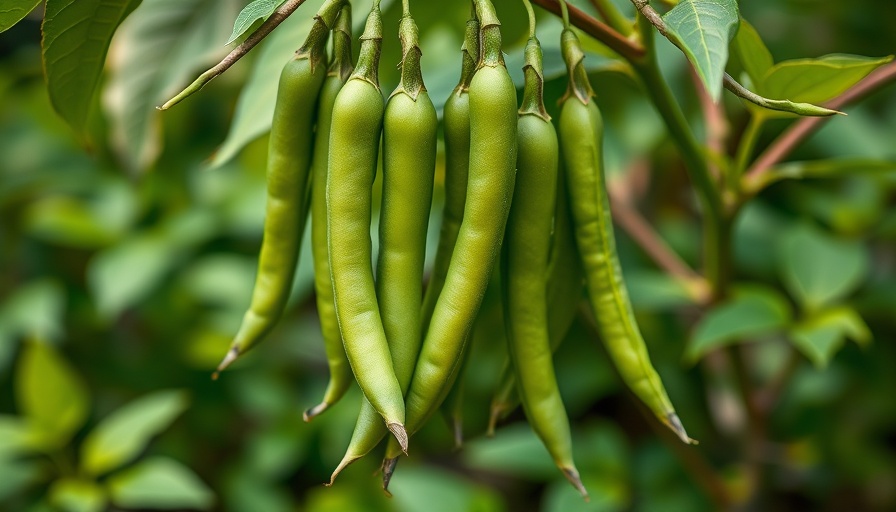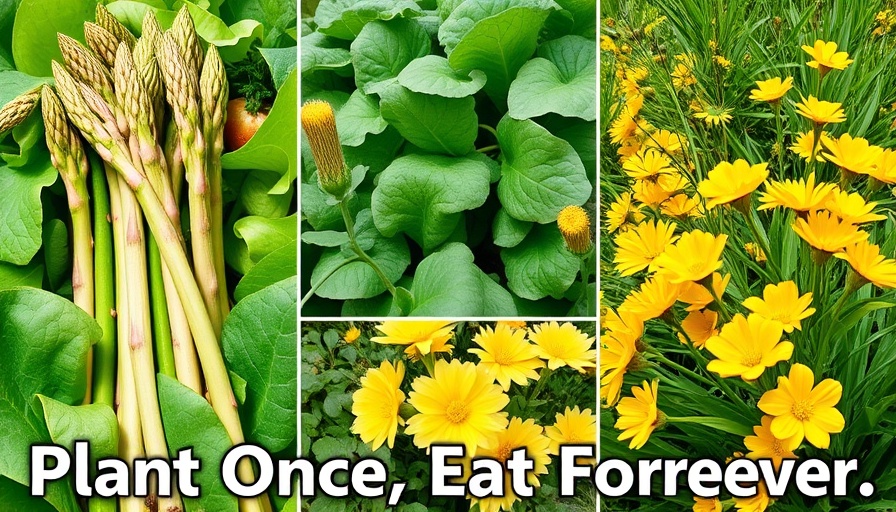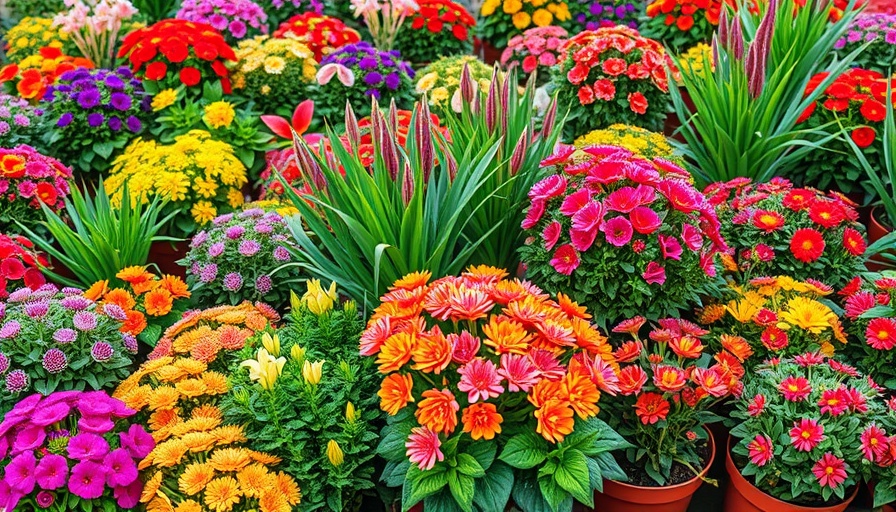
The Underrated Power of Beans in Your Garden
If you're on the hunt for a protein-packed crop that's easy to grow and beneficial for your soil, beans are your answer. These hardy plants carry a legacy as an essential food source for ancient civilizations, and it turns out, they’re a perfect choice for urban dwellers, especially in small spaces. You'll be surprised at how versatile and beneficial beans can be in your personal garden.
In 'Growing Beans Is So Easy, You'll Drown In The Harvests 🫘', the video explores the myriad benefits of cultivating beans, leading us to break down its essential insights for local gardeners.
Why Beans Have Been a Staple for Thousands of Years
Throughout history, beans have played a crucial role in food security. In ancient Mesoamerica, for instance, the Three Sisters method utilized beans alongside corn and squash, creating a mutually supportive ecosystem. This symbiotic relationship among the plants not only maximizes space but also enhances soil health—something that is particularly beneficial for those of us gardening in limited areas, like the apartment terraces or small backyards in Metro Vancouver.
The Benefits of Planting Beans
Beans are not only easy to cultivate but they also have a unique ability to fix nitrogen from the air into the soil, improving its fertility. This aspect is particularly vital for urban gardeners who may deal with less-than-ideal soil conditions. By incorporating beans in their planting schedule, gardeners can enrich their soil naturally, helping future crops flourish with minimal additives.
The Right Varieties for Urban Gardens
When selecting beans, there are two main types to consider: bush beans and pole beans. Bush beans, which grow to about 16-18 inches tall, are great for smaller spaces as they produce a concentrated harvest within a short period. Pole beans, on the other hand, can grow as high as 6-8 feet and require a vertical support structure. They extend the harvest period, allowing you to enjoy fresh beans well into the growing season.
Tips for Planting and Growing Beans
To ensure a bountiful harvest, it's essential to plant beans in well-drained soil with plenty of sunlight—aim for 6-8 hours a day. If you're using a raised bed, space your bush beans about 6 inches apart. For pole beans, remember to provide vertical support next to where you plant them. Additionally, legumes like beans thrive with less fertilizer, thanks to their nitrogen-fixing abilities. A light sprinkle of organic granular fertilizer can enhance their growth, but it's not always necessary.
Harvesting: Timing is Everything
The optimal time to harvest beans depends on the type. For snap or green beans, pick them when they're firm but not bulging. Regularly harvesting every few days will ensure that your beans remain tender. Dried beans are even easier to harvest; simply allow the plants to mature and once dried, collect and store them in an airtight container for long-term use.
Now that you understand the incredible benefits that beans offer and how to grow them, it's time to get started on your bean garden. If you have any gardening fears or hesitations, fear not! Beans are incredibly forgiving and rewarding, particularly in urban settings where space is limited. Take advantage of their unique properties to create a flourishing garden right outside your door!
Ready to dive deeper into gardening? Explore local seed companies for a variety of beans suited to your growing conditions. Remember to share your gardening experiences with neighbors, creating a community around sustainable living practices!
 Add Row
Add Row  Add
Add 




 Add Row
Add Row  Add
Add 

Write A Comment